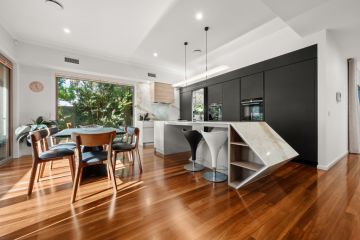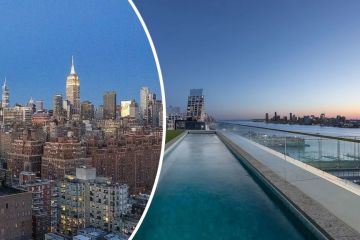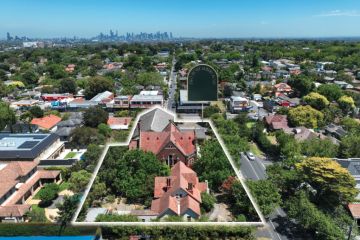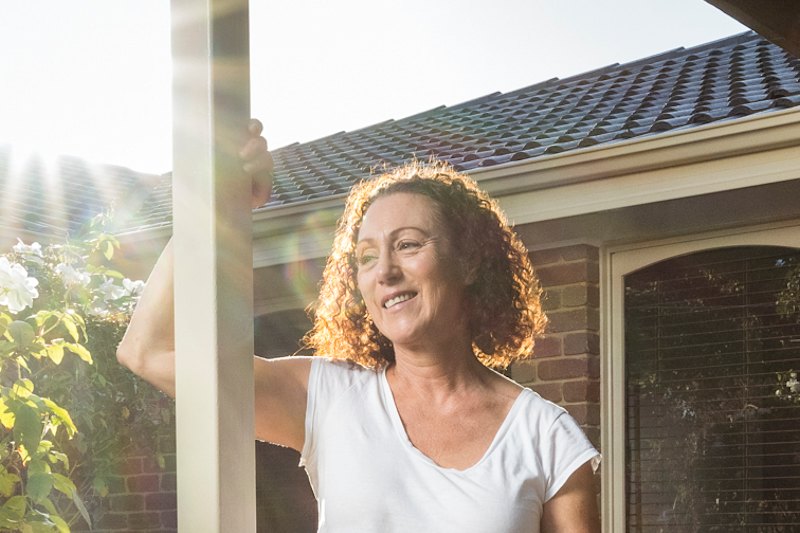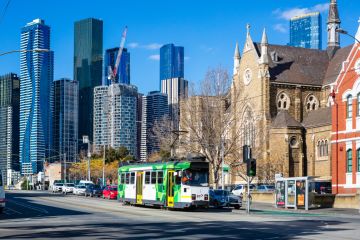The parks that have transformed Queensland
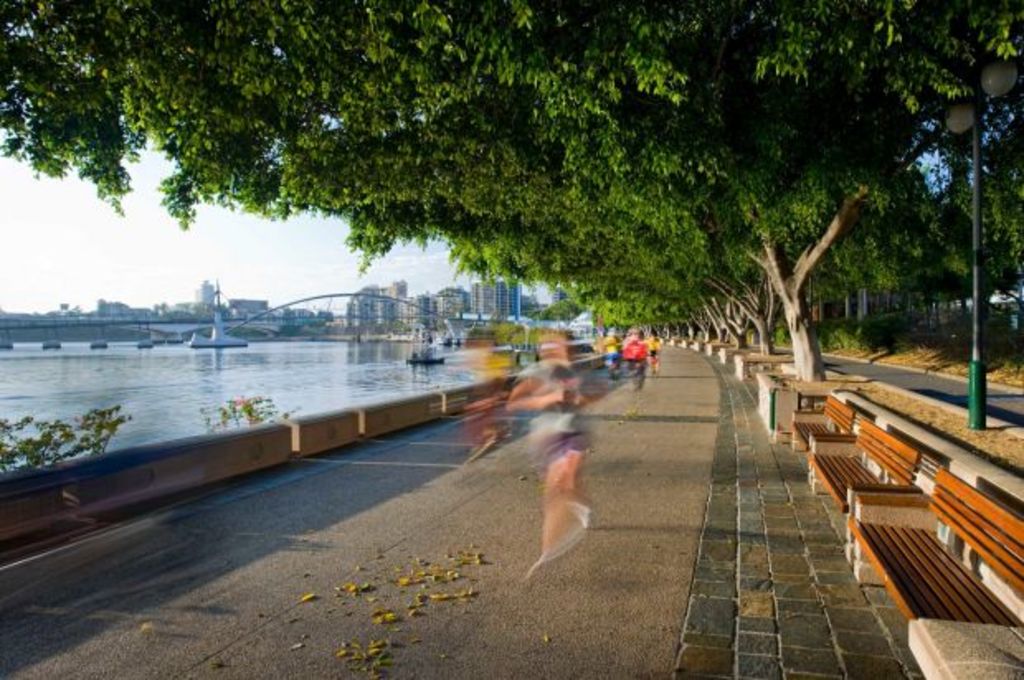
For close to a century, this south west Brisbane site was home to a cement quarry. Today, Rocks Riverside Parklands is one of the best parks in Queensland.
The 26 hectare park is one of nine Queensland parks chosen by a jury to feature in an exhibition series called Parks Changing Australia, an initiative from the Australian Institute of Landscape Architects (AILA) to showcase some of the country’s most transformative parklands.
As part of its 50-year celebrations, the AILA asked 10 judges to name the countries best parks, based on their social, environmental and economic benefits.
The design for Rocks Riverside Park was influenced by its industrial history, according to Brisbane City Council’s Dean Morse and Hassell principal John Wright.
The park has space for lawn events and a vast 800 metres of water frontage, but has also kept aspects from its past including the crusher plant and other industrial structures which now serve as public art.
“Public projects have become more than just some nice greenery, a bench or generic playground,” said Shahana McKenzie, chief executive of the Australian Institute of Landscape Architects (AILA).
“And many of our parks, through transformative design, are making an amazing contribution to the local ecosystem – by simply being there.”
Roma Street Parklands and the South Bank Parkland were chosen as national standouts for their innovative design and community integration. A variety of other Queensland parks, from large swimming precincts such as The Strand foreshore in Townsville and the Cairns Waterfront, to urban parks such as Lady Cilento Children’s Hospital, also received a nod for excellence in design.
Landscape architect and judge Angus Bruce said while the winning parks varied greatly, they all shared key attributes.
“Well in a lot of ways those parks – they function as the lungs, meeting spaces [for our cities],” he said.
Bruce said good park design involves plenty of community consultation, and says it’s the job of landscape architects to ensure the spaces get the best use.
“We’re trying to envisage how a park will be used by the community,” he said.
“If it’s used they’re loved spaces, they’re cared for spaces, and this makes them much more enduring.”
Good park design, Bruce said, often fits so seamlessly into the local area that people don’t realise it was designed that way.
“The community will often think an area has evolved over time, whereas it has actually been deliberately designed.”
Environmental scientist Josh Byrne said quality parks are important for all communities.
“The importance of parks and open spaces and the ability they have to create a positive impact on society is incredibly significant,” said Byrne, an advocate for 202020 Vision, which is one of the exhibition’s sponsors.
Parks that changed Queensland:
- Rocks Riverside Park, south west Brisbane – 26 hectares of mixed used parkland.
- Lady Cilento Children’s Hospital, Brisbane – 11 rooftop gardens and a public plaza, designed for recreation, play and rehabilitation.
- Robelle Domain Parklands, Springfield – 24 hectares of parkland which includes facilities for major sport and entertainment events.
- Cairns Waterfront, Cairns – major foreshore development which includes a sandy swimming lagoon, boardwalk, playgrounds and sports facilities.
- The Broadwater Parklands, Gold Coast – 3 kilometres of park that includes outdoor performance areas, sporting facilities, and a variety of habitats.
- South Bank Parklands, Brisbane – a 42 hectare precinct including swimming areas. playgrounds, shaded walkways and entertainment facilities.
- Roma Street Parkland, Brisbane – 16 hectares of “garden rooms”, including the Spectacle Garden.
- The Strand Foreshore Parkland, Townsville – 2 kilometres of shady promenade with play equipment, outdoor exercise zones and a saltwater swimming enclosure.
- SW1 Urban Design, Brisbane – subtropical landscaping on ground level and on the walls, open space and walkways.
We recommend
We thought you might like
States
Capital Cities
Capital Cities - Rentals
Popular Areas
Allhomes
More
